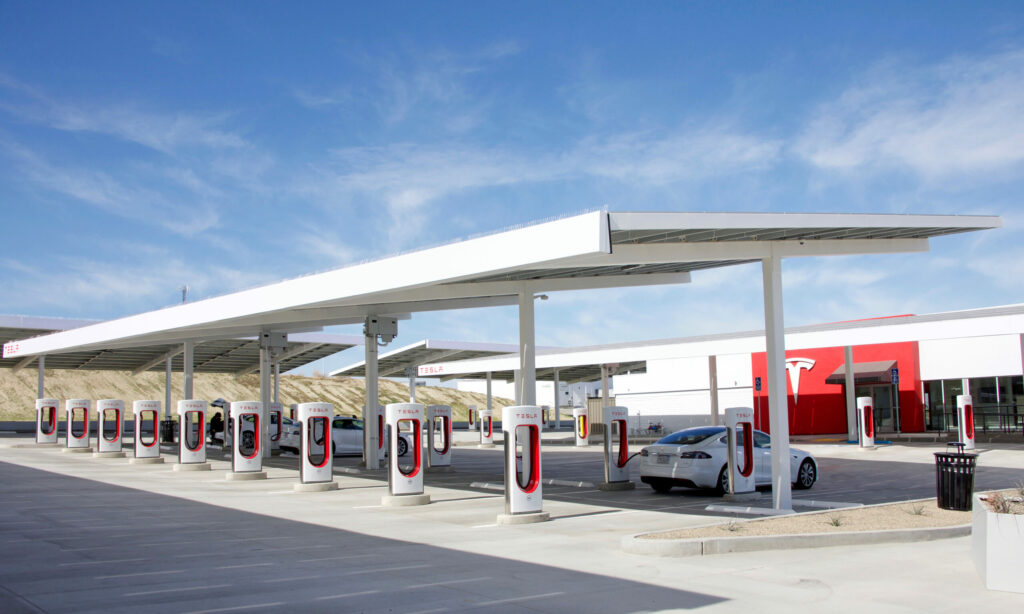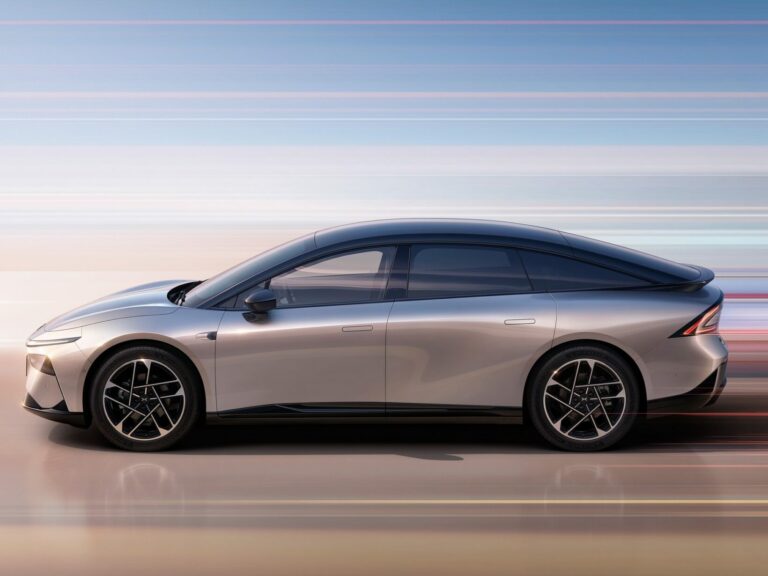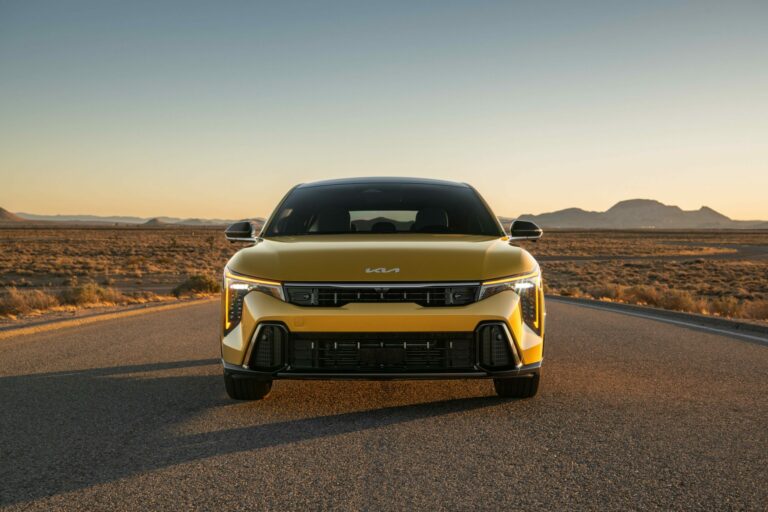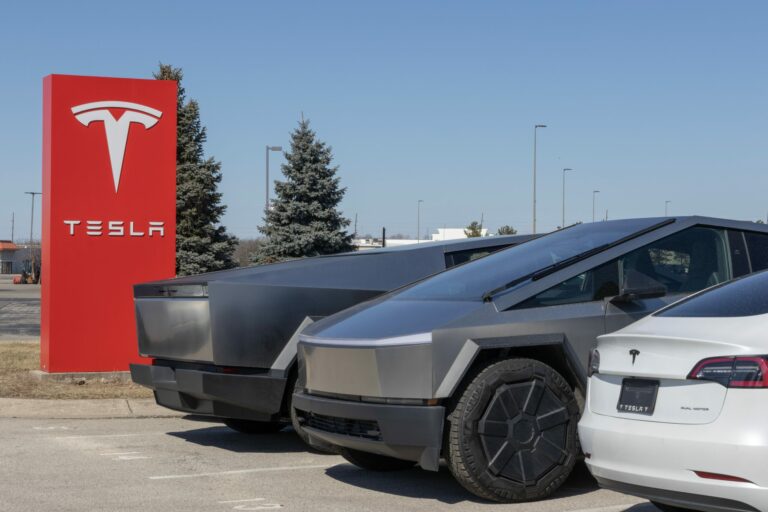The US EV market is entering a decisive decade, driven by innovation in production. Expanding charging infrastructure and evolving policies will shape the future of mobility.
Reinventing the Factory Floor
Manufacturing is changing rapidly:
- For instance, Ford’s three-branch tree flexible assembly system—building front, rear, and battery modules separately before final assembly—is able to reduce production time and part usage by 20%. That streamlining is valued due to emerging threats from low-cost, large-scale Chinese production.
- In addition, aside from assembly, U.S. automakers are solidifying local EV supply chains, utilizing Inflation Reduction Act benefits and investing in facilities that produce minerals and batteries.

Charging Ahead: Infrastructure Expands
Even the best EVs depend on robust charging networks:
EV registrations have surged, but charging infrastructure is lagging. In Q1 2025, approximately 42 new EVs were registered for every one new public charging port added, according to Autos Innovate.
Meanwhile, the great majority of mainstream producers have committed to Tesla’s North American Charging Standard (NACS) standard. From 2025 onward, all-new vehicles will roll off the factory NACS-capable. This gives Tesla’s Superchargers network access that is essentially as simple as refueling a typical ICE vehicle.
Meanwhile, federal and local investments continue to add public charging stations, particularly on highways and city corridors.
Policy Crossroads
Policy remains a critical inflection point:
The $7,500 federal EV tax credit, once a cornerstone of EV affordability, is slated to expire on September 30, 2025. This will happen unless it is renewed.
Therefore, this impending deadline is prompting automakers to ramp up pre-expiration sales or pivot to leasing strategies (Reported by Vox and Investors).
Despite federal uncertainty, states like California are pushing aggressive timelines to phase out gas-powered vehicle sales by 2035.

The Road to 2030
Looking ahead: Analysts project EVs may account for one in every four new vehicles sold in the U.S. by 2030. This growth would happen on the strength of continued innovations in battery technology, durable supply chains, and steady policy backing.
In fact, market estimations position the U.S. EV market size was estimated at around $131.3 billion in 2024 and is projected to grow to $139.6 billion by 2025. By 2034, it is expected to jump to $439 billion, representing a 13.6% CAGR (according to Global Market Insights Inc.).













